7 Chipsets Similar to MediaTek Helio G81
MediaTek Helio G81 is a mid-to-low-end chipset often found in entry-level smartphones. It is built using a 12nm manufacturing process and features a CPU with 2 Cortex-A75 cores running up to 2.0 GHz, along with 6 power-saving Cortex-A55 cores running at around 1.8 GHz.
For graphics, the Helio G81 uses a Mali-G52 MP2 GPU (with two graphics cores), which is suitable for light gaming. Its performance is good enough for daily use and casual games. The AnTuTu v10 score is between 245,000 and 278,000, depending on device optimization.
In this article, we will review several other chipsets that have similar performance to the Helio G81. These chipsets can be good alternatives if you are looking to buy a smartphone with performance close to the Helio G81.
1. MediaTek Helio G85
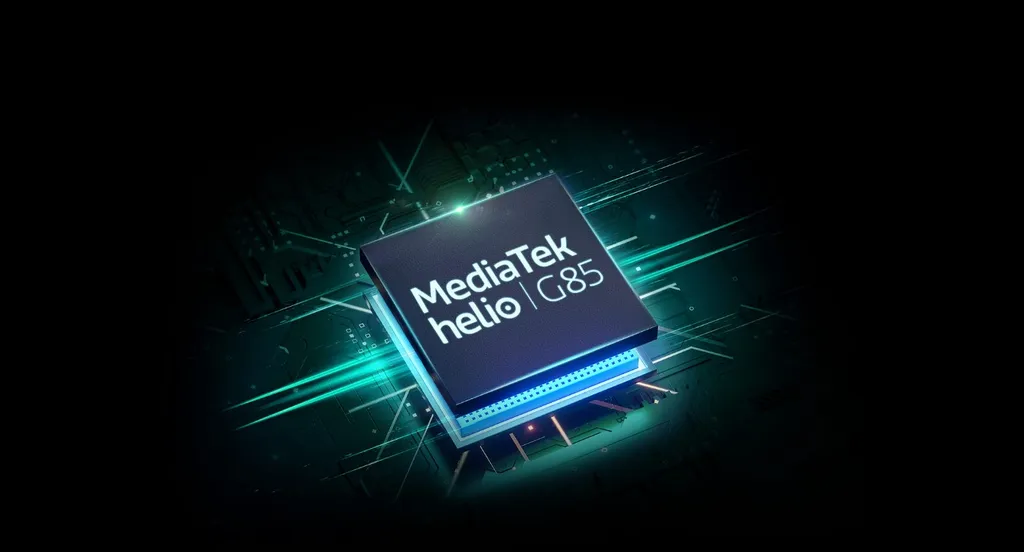
MediaTek Helio G85 was released in 2020 as the successor to the Helio G80. This chipset has eight cores and is also built with a 12nm process. Its CPU includes 2 Cortex-A75 cores running at 2.0 GHz and 6 Cortex-A55 cores running at 1.8 GHz. This setup gives two fast cores for heavy tasks and six efficient cores for lighter tasks.
For graphics, the Helio G85 uses a Mali-G52 MC2 (MP2) GPU with speeds up to 1,000 MHz. The combination of its CPU and GPU makes it suitable for multitasking and running popular games at medium settings.
Compared to the Helio G81, the Helio G85 offers a small boost in performance. Its GPU runs slightly faster (about 5%), and its AnTuTu v10 score is around 262,804 points, which is about 8% higher than the Helio G81.
In Geekbench 6 tests, the Helio G85 scored around 413 for single-core and 1,332 for multi-core performance. This makes the Helio G85 slightly better for gaming, although the difference is not very big.
The Helio G85 also uses a 4G LTE Cat-7 modem (up to 300 Mbps download) and supports similar features to the Helio G81, such as Full HD+ display support and up to 2K video recording at 30 fps. Overall, the Helio G85 is a very similar alternative to the Helio G81, but with slightly better CPU and graphics performance.
2. UNISOC T7250 (Tiger T615)
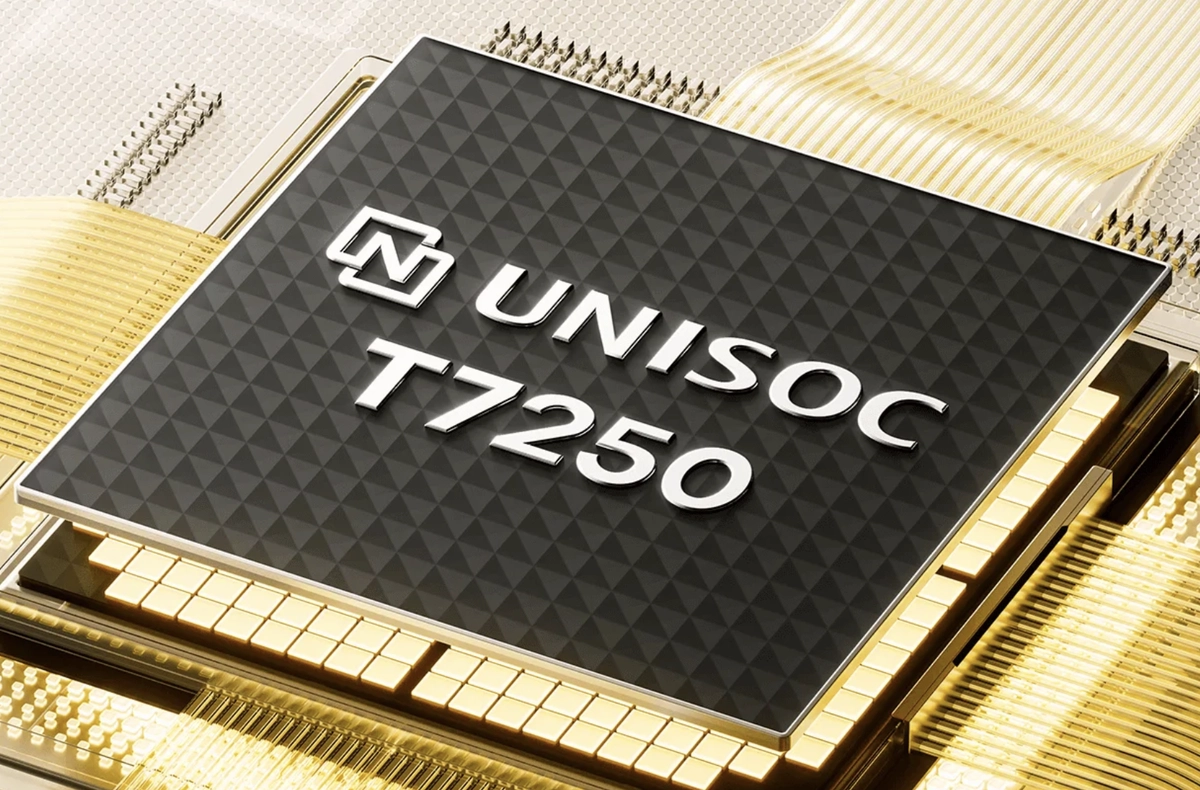
UNISOC T7250 is an entry-level octa-core chipset from Unisoc, announced in late 2024. It is actually a rebranded version of the Unisoc T615 and is designed to offer balanced performance in budget smartphones.
The UNISOC T7250 is made using a 12nm process and comes with a CPU setup of 2 Cortex-A75 cores at 1.8 GHz and 6 Cortex-A55 cores at 1.6 GHz. This is similar to the Helio G81, although the six power-saving cores in the T7250 are slightly slower.
For graphics, the T7250 uses the Mali-G57 MP1 GPU with a speed of 850 MHz. This is a newer generation GPU based on Valhall architecture. Even though it only has one core, the GPU is still good enough for basic graphics and light gaming.
In benchmark tests, the UNISOC T7250 shows similar performance to the Helio G81. Its AnTuTu v10 score is around 263,000 points, which is also close to the Helio G85. The Geekbench 6 test shows a score of about 441 for single-core and 1,454 for multi-core.
Interestingly, even though the T7250 has slightly slower power-saving cores, its single-core score is a bit better because of its newer architecture. Its multi-core score is also close to that of the Helio G81.
Overall, the Unisoc T7250 (T615) is a good alternative to the Helio G81. It has similar CPU and GPU performance and offers good efficiency for everyday use.
3. Qualcomm Snapdragon 680
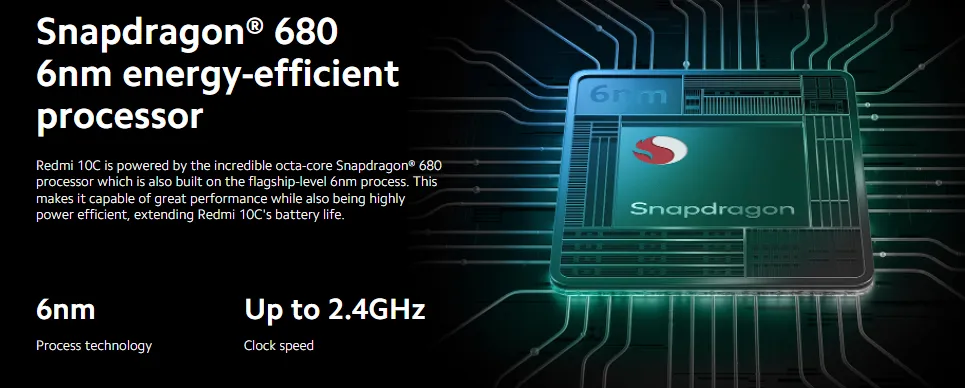
Qualcomm Snapdragon 680 is a mid-range 4G chipset that was released in late 2021. It is built with a more modern 6nm process, which makes it more power efficient than many 12nm chipsets.
The CPU has eight cores, using 4 Kryo 265 Gold cores at 2.4 GHz and 4 Kryo 265 Silver cores at 1.8 GHz. These are based on an older design, but the four high-speed performance cores and the 2.4 GHz clock speed help the Snapdragon 680 handle multitasking smoothly.
The chipset supports LPDDR4X RAM up to 2133 MHz and UFS 2.2 storage, which is higher than what is usually seen in 12nm chipsets. For graphics, it uses an Adreno 610 GPU running at around 1,114 MHz.
In AnTuTu v10 tests, the Snapdragon 680 gets an average score of about 308,000 points. This is higher than the Helio G81 and other 12nm chipsets in the same class. On Geekbench 6, its CPU performance is similar to the Helio G81, but it scores better in graphics and memory.
One of the main benefits of the Snapdragon 680 is its power efficiency due to the 6nm process. It also has support for the Spectra ISP and a better AI Engine, which is why it is used in many popular phones like the Redmi Note 11 and Samsung Galaxy A series.
In short, the Snapdragon 680 is a strong competitor to the Helio G81. It gives slightly better gaming performance and uses less power, making it a good choice for mid-range 4G smartphones.
4. UNISOC T7225 (Tiger T612)
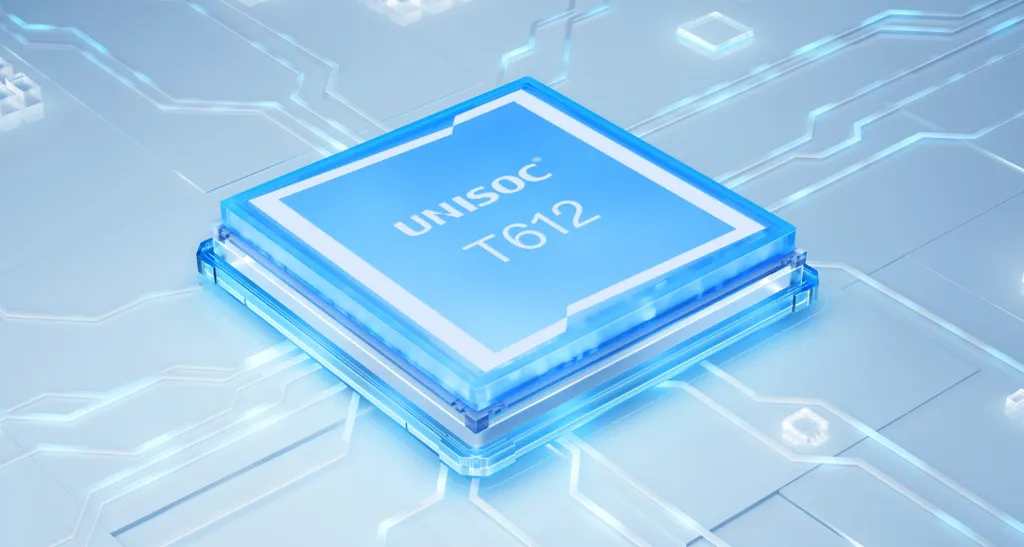
UNISOC T7225, also known as the Unisoc Tiger T612, is a 12nm octa-core chipset made for entry-level smartphones. It has been used since 2022. One special thing about this chipset is that its CPU has 2 Cortex-A75 cores and 6 Cortex-A55 cores, all running at 1.8 GHz. This means all eight cores work at fairly high speeds.
The main difference between the T612 and the Unisoc T615 is in the GPU. The T612 uses a Mali-G52 MP1 GPU running at about 614 MHz. This GPU has only one core (Bifrost architecture), so its graphics performance is a bit lower than the T615 and Helio G81.
However, the T612 has an advantage in its small cores. All six Cortex-A55 cores run at 1.8 GHz, while the T615’s run at 1.6 GHz. This helps the T612 do well in multi-core tasks used in daily activities.
In benchmark tests, the T612 scores a bit lower than the T615 and Helio G81. Its AnTuTu v10 score is around 244,000, which is about 7–10% lower. This is mostly because of its weaker GPU. Still, in Geekbench 6 multi-core tests, the T612 can match or even slightly beat the T615, with scores close to 1,500 points. This is possible because all its A55 cores run at higher speed.
Overall, the Unisoc T7225 (T612) works well for everyday use and gives similar CPU performance to the Helio G81. However, its graphics power is a bit weaker, especially for heavy gaming.
5. MediaTek Helio G91

MediaTek Helio G91 is the next version of the Helio G85 and G88, and it was introduced in mid-2024. In terms of core setup, it is very similar to the previous models. It has an octa-core CPU with 2 Cortex-A75 cores at 2.0 GHz and 6 Cortex-A55 cores at 1.8 GHz, and it is built with a 12nm process.
The Helio G91 brings small improvements in features and power efficiency compared to the Helio G85. It uses the same class of GPU, the Mali-G52 MP2 running at 1,000 MHz, so its graphics performance is similar to the G85.
One improvement is that MediaTek added the latest HyperEngine optimization and increased camera support up to 108MP on the Helio G91.
In terms of performance, the Helio G91 is in the same range as the Helio G81. Its average AnTuTu v10 score is about 276,000 points, which is almost the same as the Helio G81 Ultra.
In Geekbench 6 tests, the G91 scores around 429 for single-core and 1,389 for multi-core, showing a small improvement due to newer architecture.
6. UNISOC T7255 (Tiger T616)
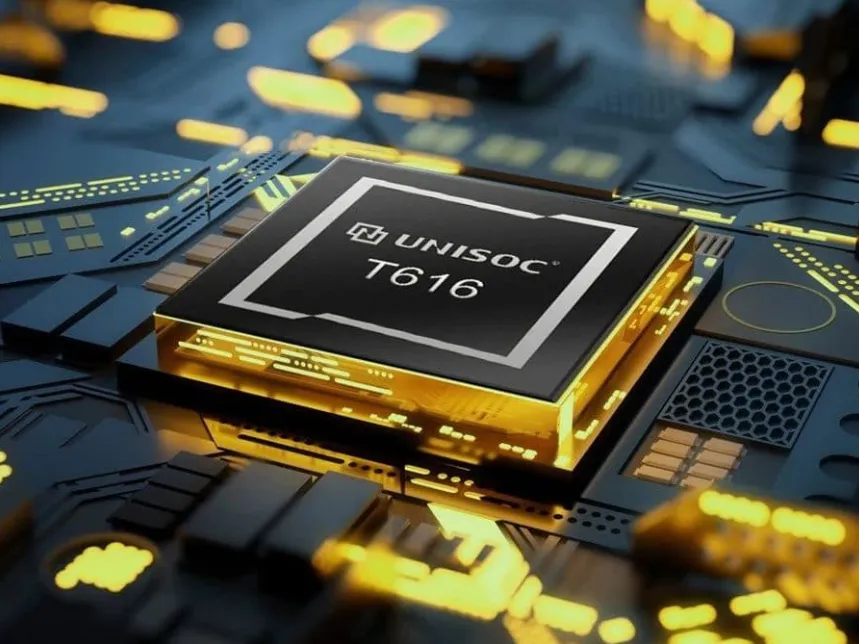
Unisoc Tiger T616 is a 12nm chipset with eight cores. It was first launched in early 2021 and later renamed as the T7255. Its CPU is similar to the one in the Helio G91, using 2 Cortex-A75 cores that run up to 2.0 GHz, and 6 Cortex-A55 cores at 1.8 GHz.
Compared to the Unisoc T615 and T612, the T616 has slightly faster performance because its main cores can reach 2.0 GHz.
For graphics processing, the chipset relies on the Mali-G57 MP1 GPU with a frequency of 750 MHz. Although this GPU runs a bit slower than the one on the T615 (750 MHz vs. 850 MHz), the improved CPU design helps deliver better overall performance.
The Tiger T616 also supports LPDDR4X RAM up to 1866 MHz and UFS 2.2 storage. It includes an image signal processor (ISP) that allows support for cameras up to 48MP and video recording at 1080p with 60 frames per second.
When it comes to performance, the Unisoc T616 is well-balanced and even a bit better than the Helio G81. In the AnTuTu v10 benchmark test, it scored around 292,658 points, which is about 5% higher than the Helio G81’s average score of 278,000.
On Geekbench 6, the T616 got around 452 for single-core and 1,503 for multi-core performance. These results show that it performs well for both basic and multi-tasking activities.
While the 750 MHz Mali-G57 MP1 is not built for heavy gaming, it still performs well for popular mobile games. Because of support for Vulkan 1.3 and OpenCL 2.0, its graphics power is quite close to that of the Helio G81. In fact, the performance gap between the T616 and the Helio G81 Ultra is reported to be less than 5%.
7. MediaTek Helio G88

MediaTek Helio G88 is an eight-core chipset released in mid-2021. It is a small upgrade from the earlier Helio G85. The CPU setup is the same, with 2 Cortex-A75 cores running up to 2.0 GHz and 6 Cortex-A55 cores at 1.8 GHz, just like its predecessor.
The GPU also remains unchanged. It uses the Mali-G52 MC2 running at 1,000 MHz, which gives it similar graphics performance to the Helio G85. However, the Helio G88 brings some new features. It supports a 90Hz refresh rate for the display and comes with HyperEngine 2.0 Lite, which is not available on the Helio G80 or G85.
Due to these updates, phones with the Helio G88 can offer smoother scrolling and slightly better gaming performance, especially when it comes to network and frame rate stability.
In terms of overall performance, the Helio G88 is very close to the Helio G81 and G85. Its average AnTuTu v10 score is around 276,000 points. On Geekbench 6, the chipset scores around 427 in single-core and 1,357 in multi-core tests. These numbers show that its performance is not much different from the Helio G85 or Helio G81.
Overall, the Helio G88 can be considered equal to the Helio G81 when it comes to CPU and GPU performance. In addition, it gives users the benefit of a smoother 90Hz screen.
The chipsets discussed above all offer similar features and performance levels to the Helio G81. They can handle daily tasks and light gaming well. So, choosing a phone with any of them depends more on brand or extra features, rather than big performance differences.
